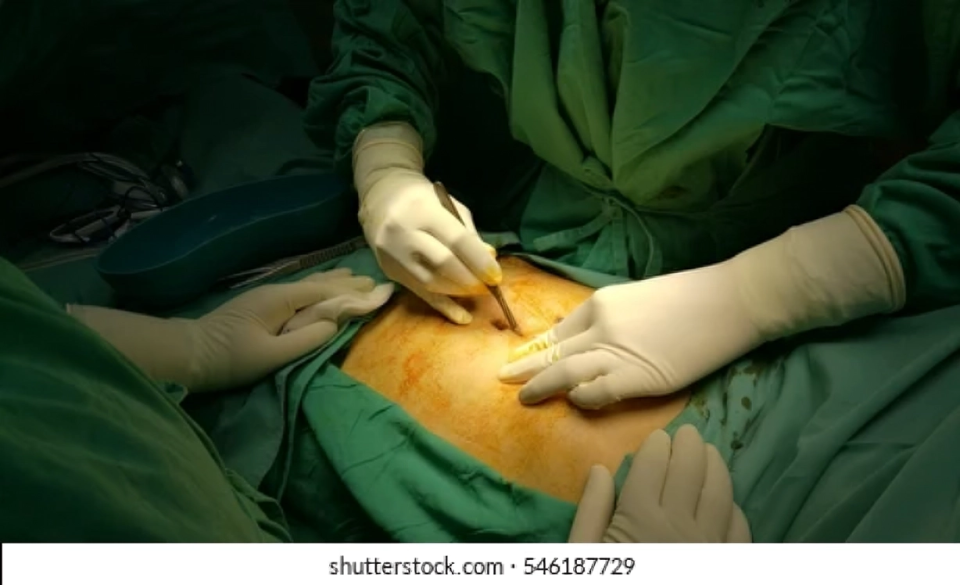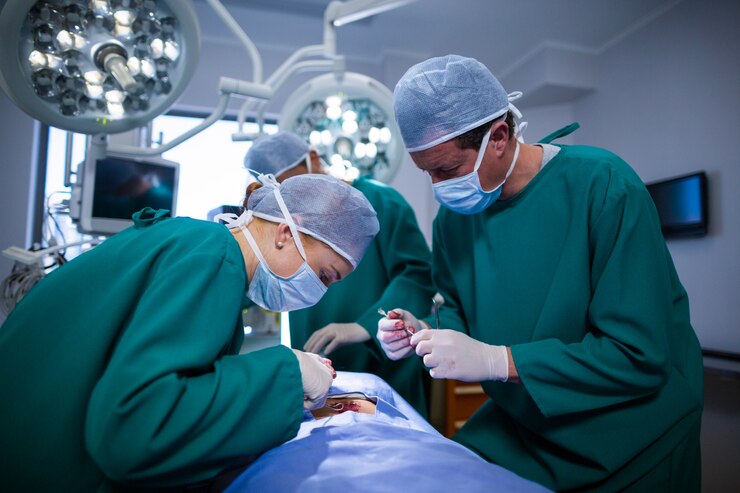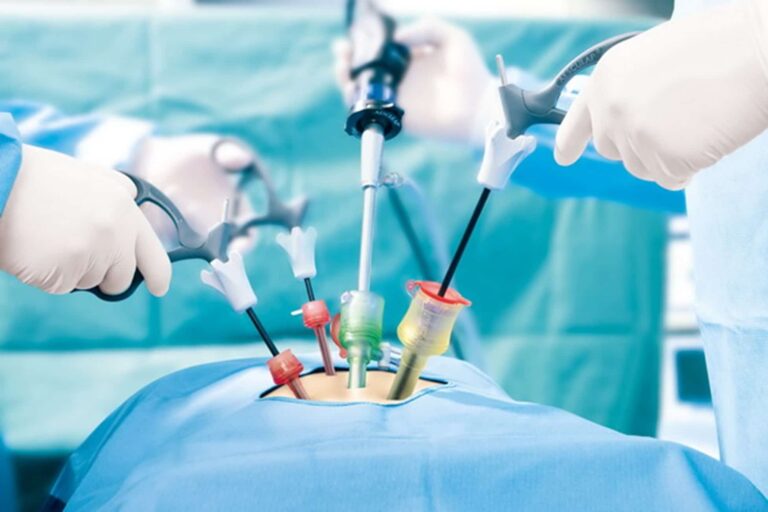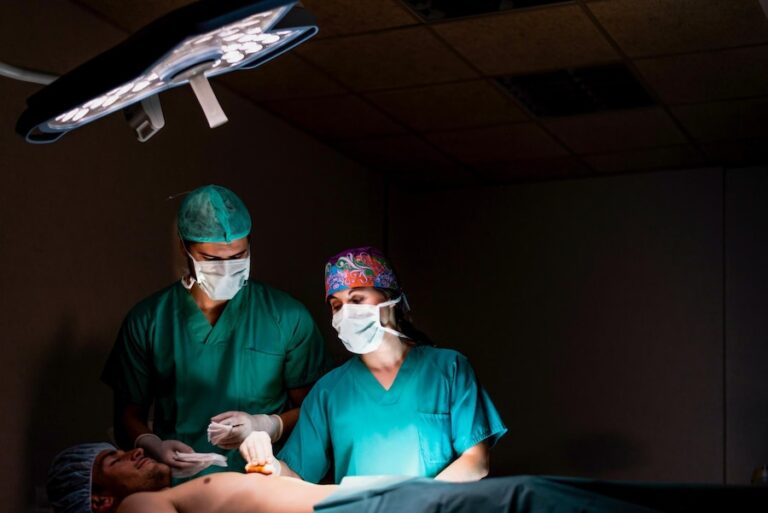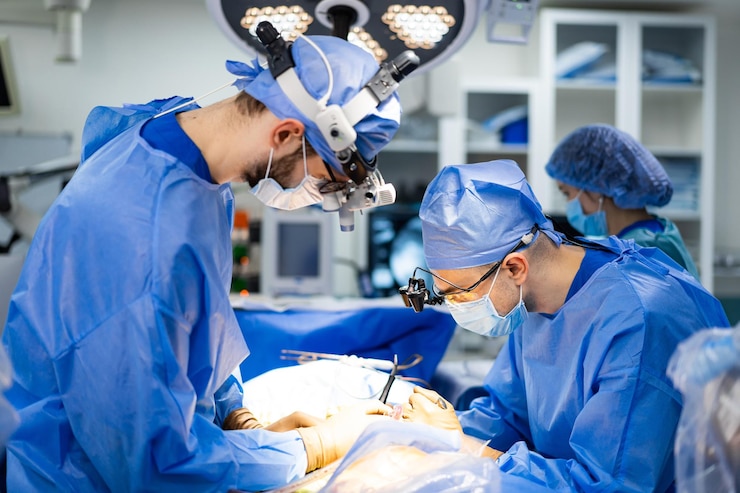Understanding Laparotomy: A Comprehensive Overview.
Laparotomy is a surgical procedure that involves making a large incision in the abdominal wall to gain access to the abdominal cavity. This technique has been a fundamental aspect of surgical interventions for decades, allowing surgeons to explore, diagnose, and treat various medical conditions. In this article, we will delve into the intricacies of laparotomy, exploring its indications, procedure, and postoperative care.
To Know More About It Please Click Here
Indications for Laparotomy
- Diagnostic Exploration: Laparotomy is commonly performed for diagnostic purposes when less invasive imaging techniques fail to provide a conclusive diagnosis. Surgeons can visually inspect the abdominal organs and tissues to identify abnormalities, such as tumors, cysts, or adhesions.
- Emergency Situations: Trauma, acute abdominal pain, or complications arising from conditions like appendicitis, diverticulitis, or perforated ulcers may necessitate an emergency laparotomy. This approach allows quick intervention to address life-threatening situations.
- Obstetric and Gynecological Issues: In obstetrics and gynecology, laparotomy may be performed for procedures such as cesarean sections, removal of ovarian cysts, or addressing complications during childbirth.
- Tumor Resection: Laparotomy is frequently employed for the removal of tumors affecting the abdominal organs. This includes cancerous growths as well as benign masses that may cause discomfort or complications.
- Organ Transplants: Surgical procedures involving organ transplantation, such as liver or kidney transplantation, often require a laparotomy to access and connect the transplanted organ.
Procedure
- Preoperative Preparation: Before the surgery, patients undergo a thorough evaluation, including medical history, physical examination, and imaging studies. Anesthesia is administered to ensure the patient is unconscious and pain-free during the procedure.
- Incision: The surgeon makes an incision in the abdominal wall, the size of which depends on the specific procedure and the underlying medical condition. Common incisions include midline, transverse (bikini), or a combination of both.
- Exploration and Intervention: Once the abdominal cavity is accessible, the surgeon visually inspects the organs, tissues, and structures. Necessary interventions, such as tumor removal, repair of damaged organs, or controlling bleeding, are carried out during this phase.
- Closure: After completing the necessary procedures, the surgeon carefully closes the incision using stitches, staples, or a combination of both. The closure is designed to minimize scarring and promote proper healing.
Postoperative Care
- Recovery in the Hospital: Patients typically spend a few days in the hospital following a laparotomy. During this time, they are closely monitored for signs of complications, and pain management strategies are implemented.
- Physical Activity and Rehabilitation: Gradual resumption of physical activities is essential for a successful recovery. Physical therapists may be involved to help patients regain strength and mobility.
- Follow-up Appointments: Regular follow-up appointments with the surgical team are crucial to monitor the healing process, address any concerns, and ensure a smooth recovery.
Conclusion
Laparotomy remains a critical surgical technique with a wide range of applications in modern medicine. Advances in technology and surgical approaches continue to refine the procedure, making it safer and more effective. As medical knowledge evolves, laparotomy will likely remain a cornerstone in the armamentarium of surgical interventions, providing both diagnostic and therapeutic solutions for various abdominal conditions.
For any further queries, Plz visit drdhruvkundra.com or you can check our social media accounts, Facebook, YouTube, Twitter

